Vrolik’s Wrasse, Male
$49.99
-
Select Variant
Make sure you put on some shades before you take a look at this amazing wrasse, as the Male Vrolik's Worasse is a real dazzler. Neon red stripes stand out against the iridescent green and blue body coloring, giving the Vrolik's Wrasse an intimidating presence. In the "right" light conditions it appears that the Vrolik's Wrasse appears to glow golden yellow creating a striking visual effect. Halichoeres Chrysotaenia, though appearing like Halichoeres melanurus can be distinguished by its distinctive visible caudal fin. H. melanurus is distinguished by stripes on the caudal fins that create one black spot when compressed.
The natural range of Vrolik's Wrasse is mostly within the Indian Ocean including the Maldives and Sri Lanka with populations in Myanmar and the west of Thailand along with Indonesia. Although the Vrolik's Wrasse is a reef-associated fish generally, they can be located in shallow shorelines that are rocky rather than in regions of extensive coral development.
The best set up to house your Male Vrolik's Wrasse is a well-established saltwater aquarium at 70 gallons or more with a secure lid. To create the most natural habitat for your male Vrolik's Wrasseaquascape it with live rocks, providing plenty of places for your male Vrolik's Wrasse to explore, find refuge, or search in search of food. Be sure to provide an ample area of substrate, as well as wide spaces to swim in. A layer of sandy substrate that is 2-3 inches thick is required to give shelter to the Male Vrolik's Wrasse when it digs in the sand during the evening or in times of fear. Keep the Male Vrolik's Wrasse alongside other peaceful wrasses including members of its species.
The diet of the Male Vrolik's Wrasse is comprised of benthic invertebrates, and as such, the large hungry Male Vrolik's Rasse is known to eat fireworms as well pyramidellid snails, which protect the corals and clams against these unwelcome invertebrates. Although this fervent desire to eat invertebrates is advantageous, remember that the male Vrolik's Wrasse can't distinguish the difference between "undesirable" or "desirable" invertebrates. If an opportunity arises then the Male Vrolik's Wrasse is likely to eat a variety from "desirable" ornamental insects, such as shrimp, fan worms, and other crustaceans found in the aquarium in your home. But, the Male Vrolik's Wrasse generally does not cause harm to sessile invertebrates, such as soft or hard corals.
The nutrition for the Male Vrolik's Worasse must include a variety of foods, including mysis shrimp that are vitamin-rich frozen and vitamin-enriched brine shrimp frozen, and other meaty food items, as well as top-quality marine flakes as well as marine pellets. The Male Vrolik's Wrasse is a good candidate for frequent, small feeds during the course of the day.
Approximate Size of Purchase: Juvenile (Small): 1-1/2" to 2-1/4"; Adult (Medium): 2-1/4" to 3-1/4"
- Description
- Additional Information
- Reviews
General information regarding Vroliks Wrasse
Halichoeres chrysotaenia appears like Halichoeres melanurus, is distinguished by its distinctive marked caudal fin, while H. melanuras is distinguished by stripes on the caudal fins that create one black spot. A tank with a secure lid with a 2-3 inch sandy bottom for hiding beneath if scared or frightened, as well as other peaceful wrasses like its own species, are an ideal habitat.
size
Large, Medium, Small
Units
1
Weight
6 lbs
Dimensions
1 × 1 × 1 in

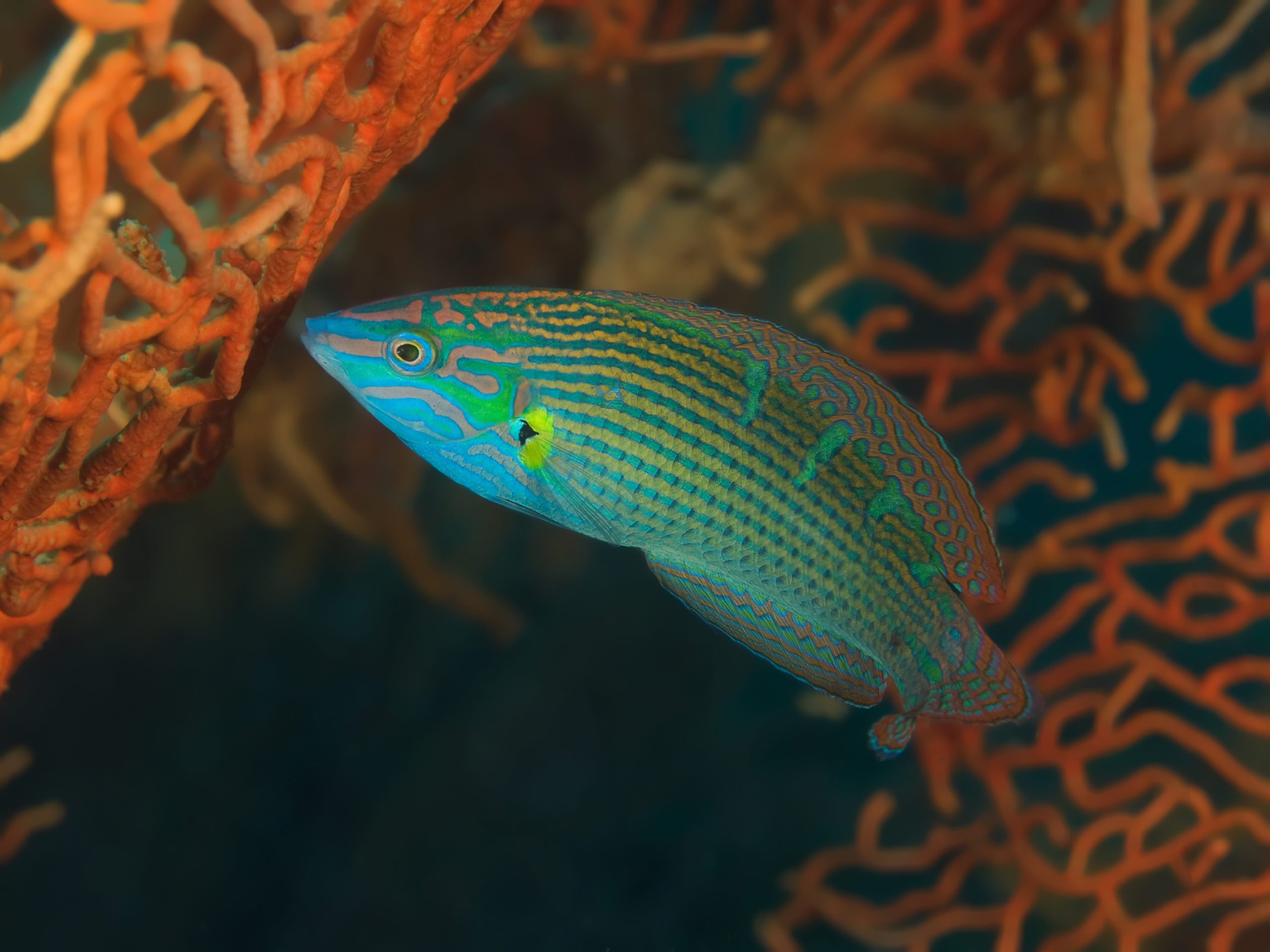
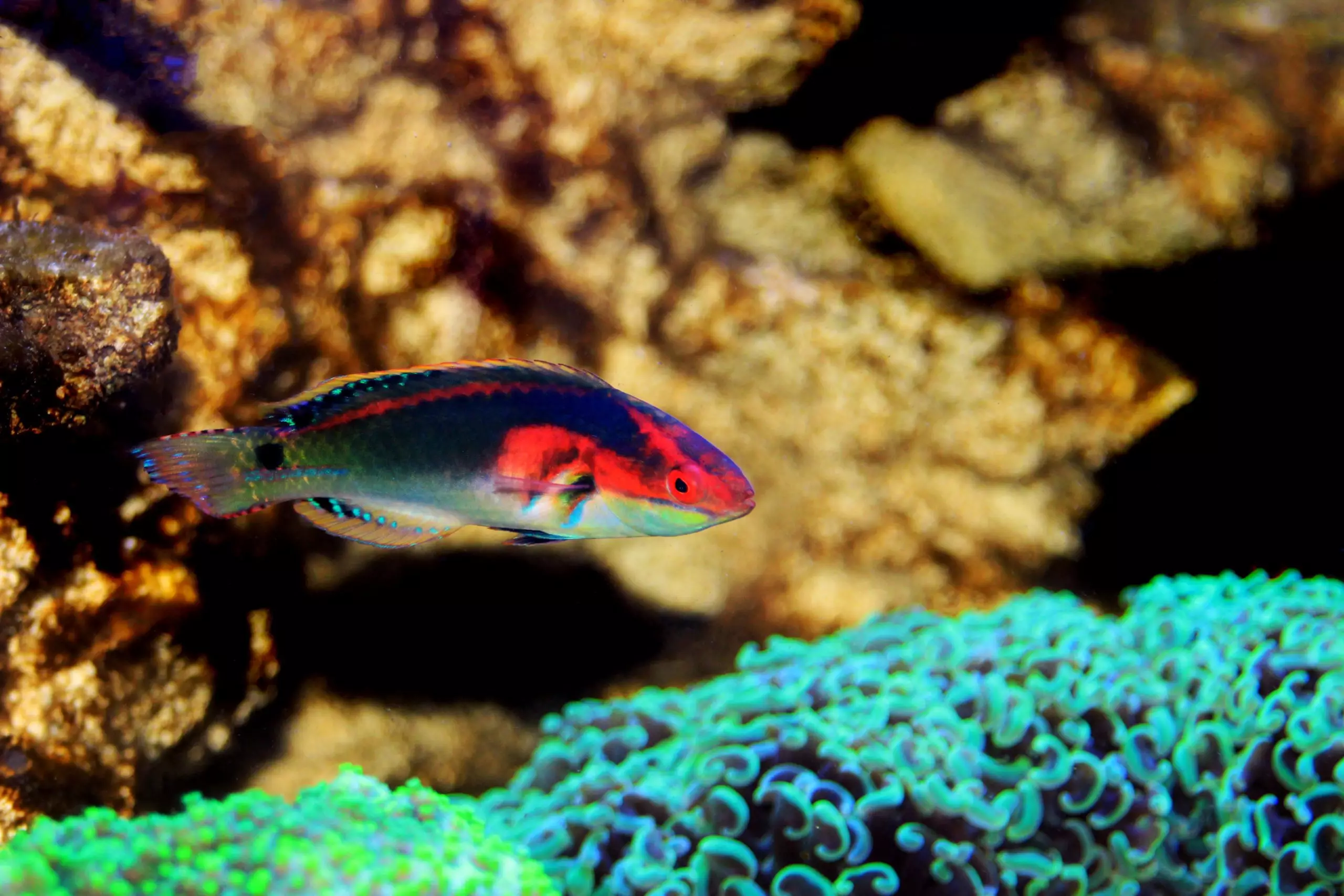
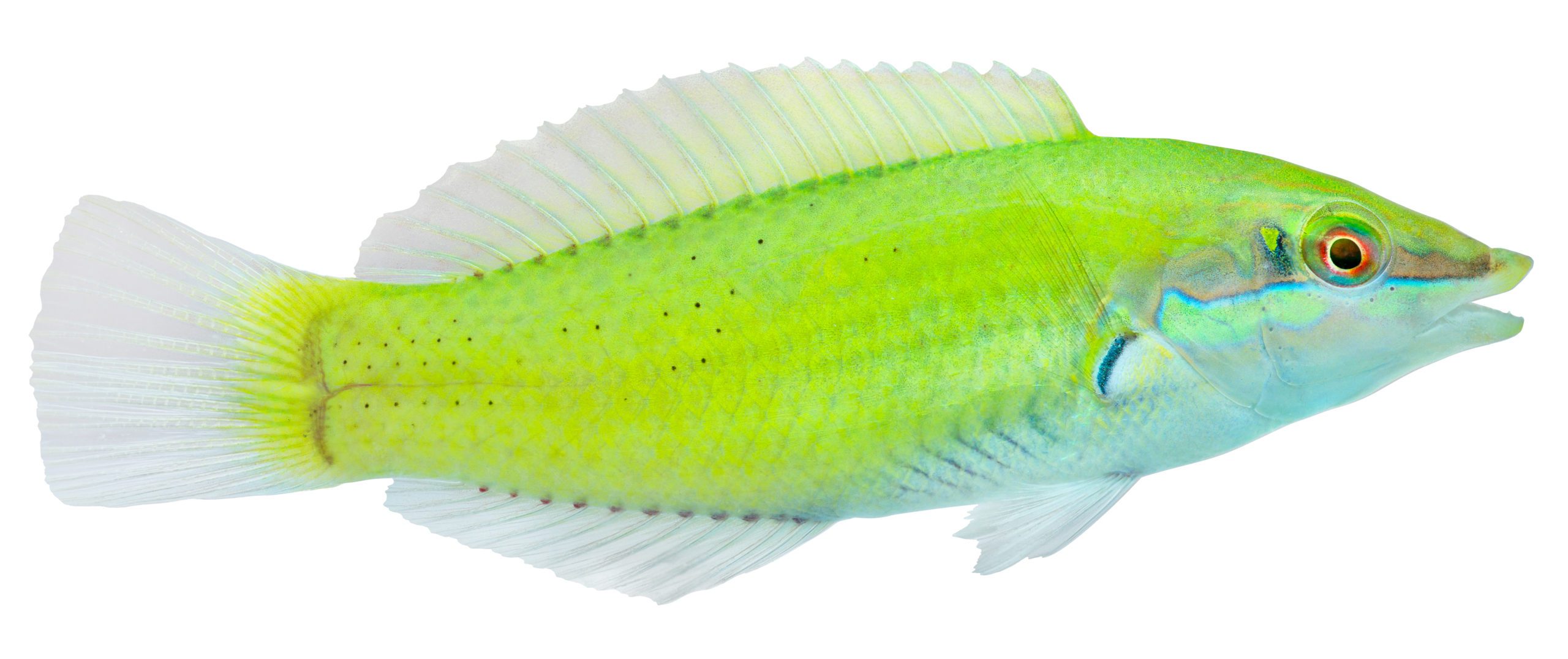



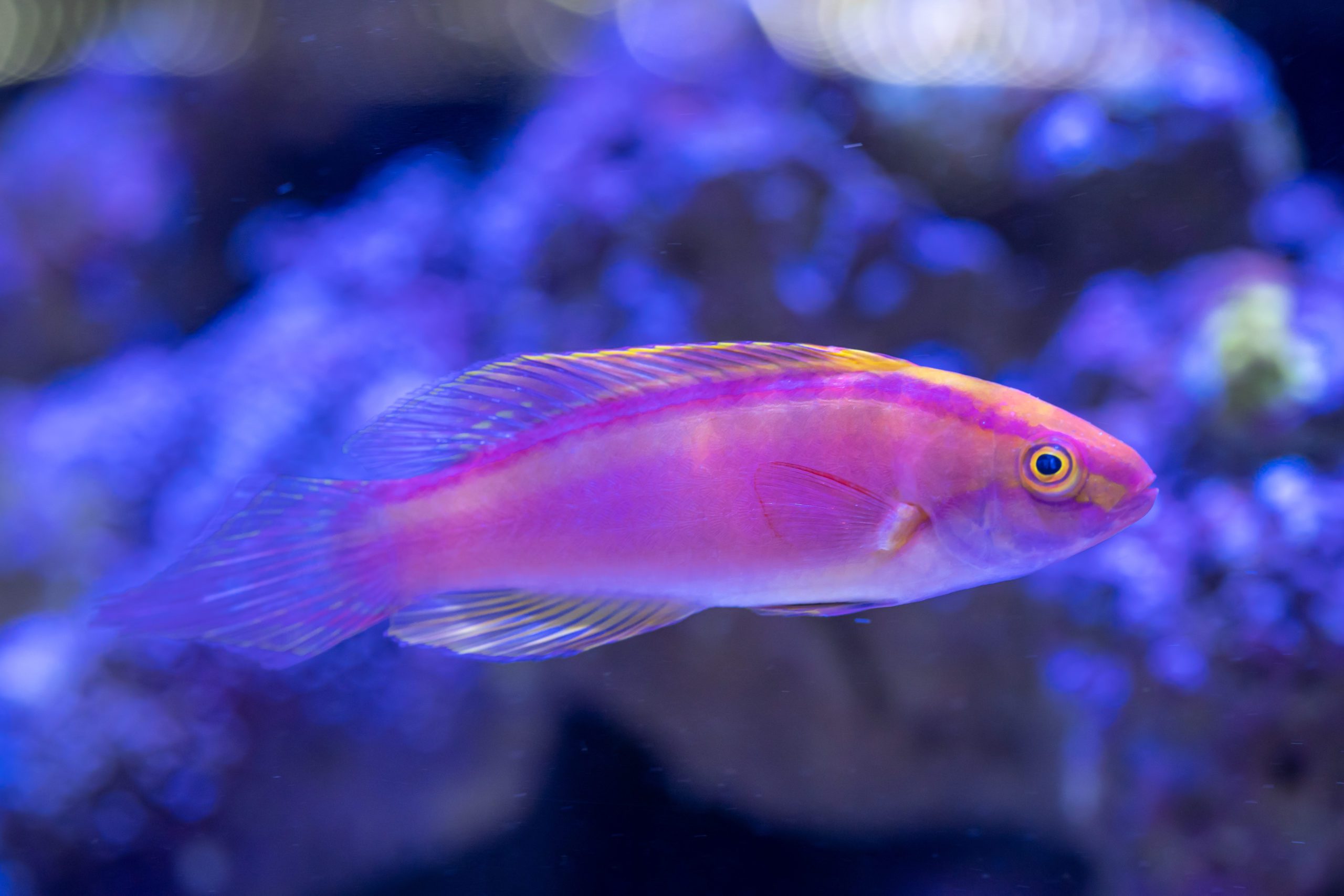

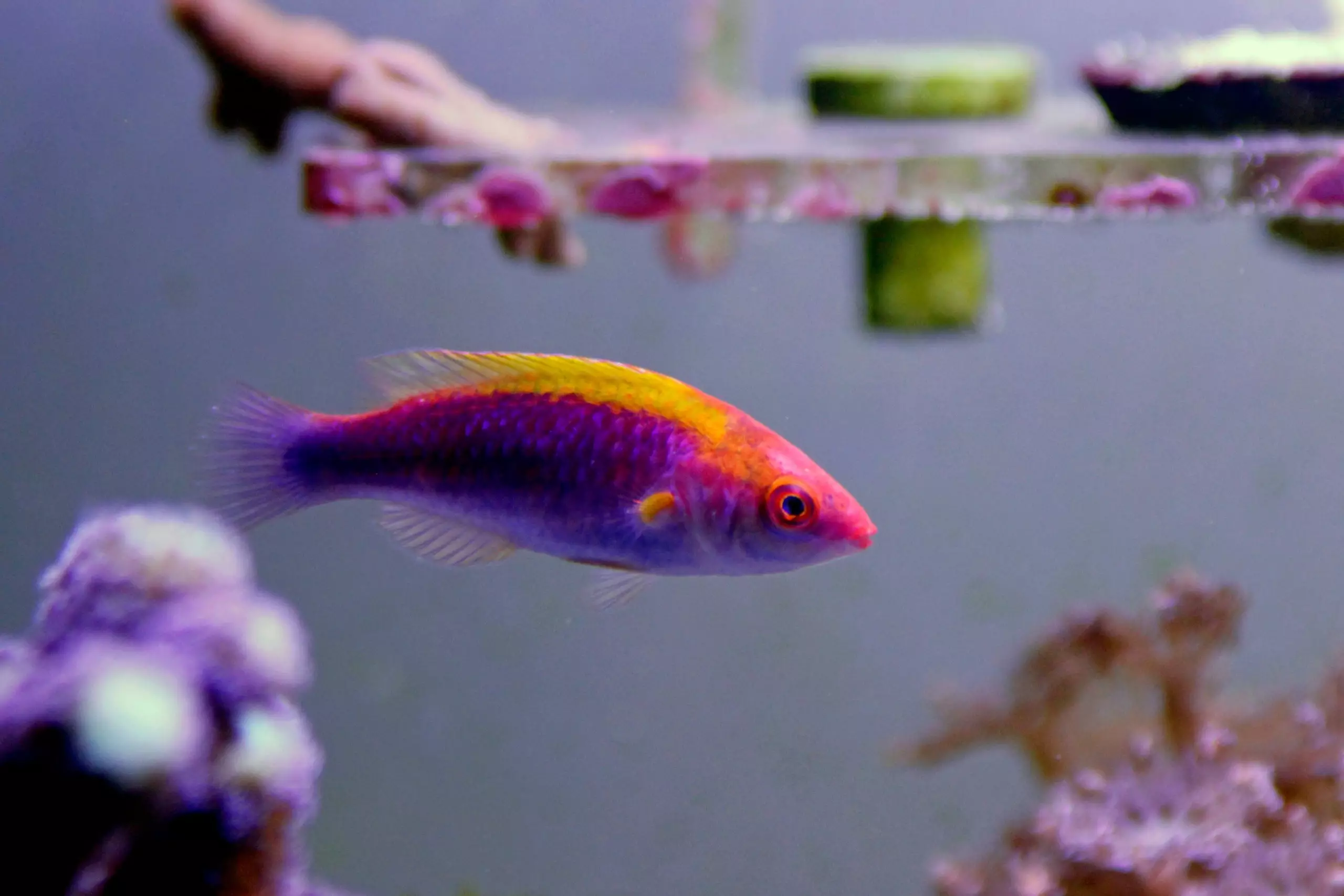

Reviews
There are no reviews yet.